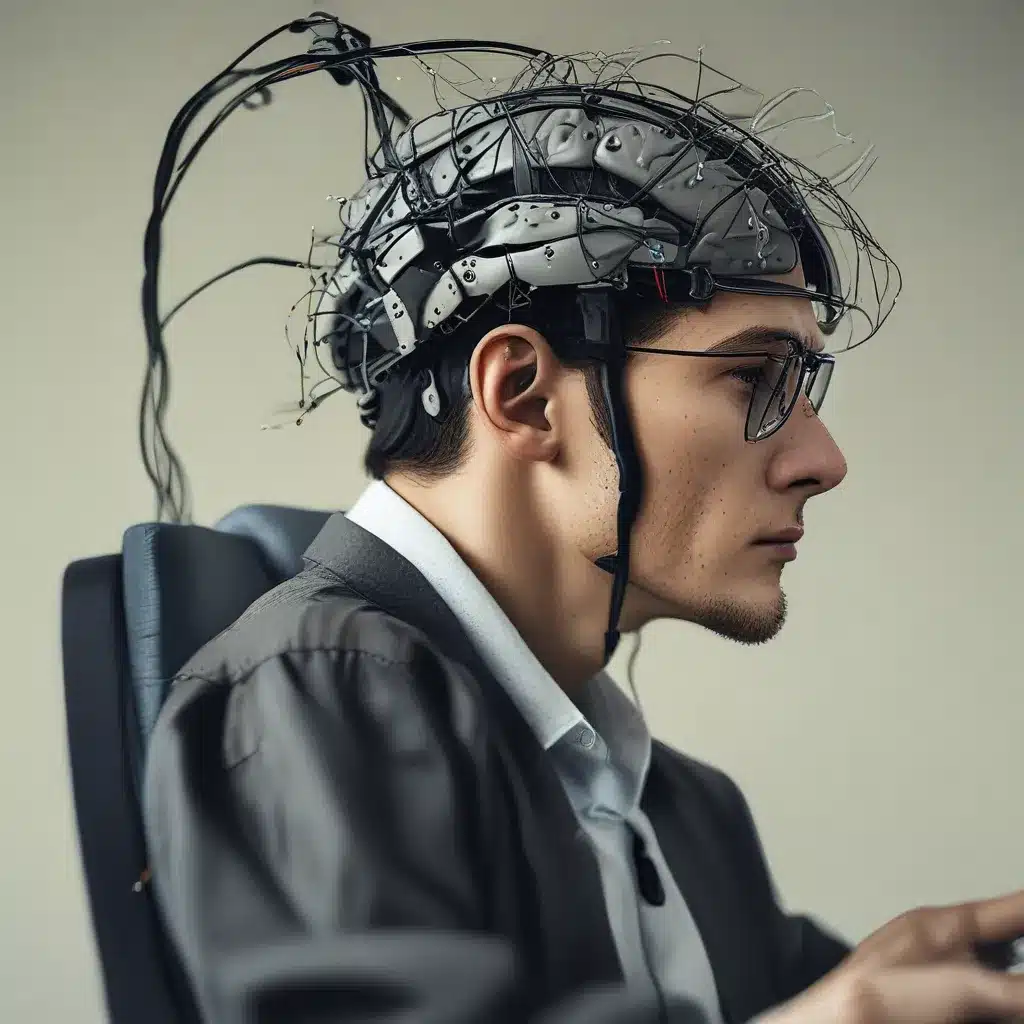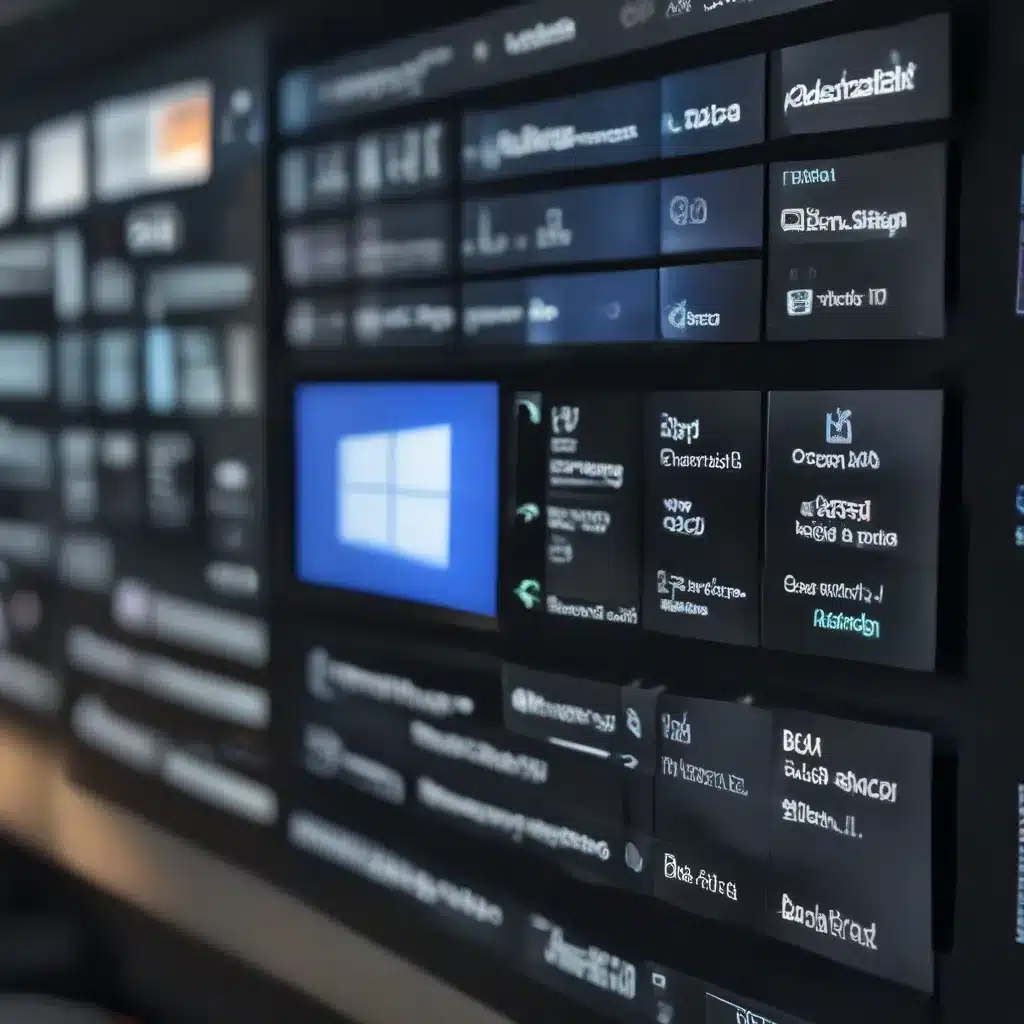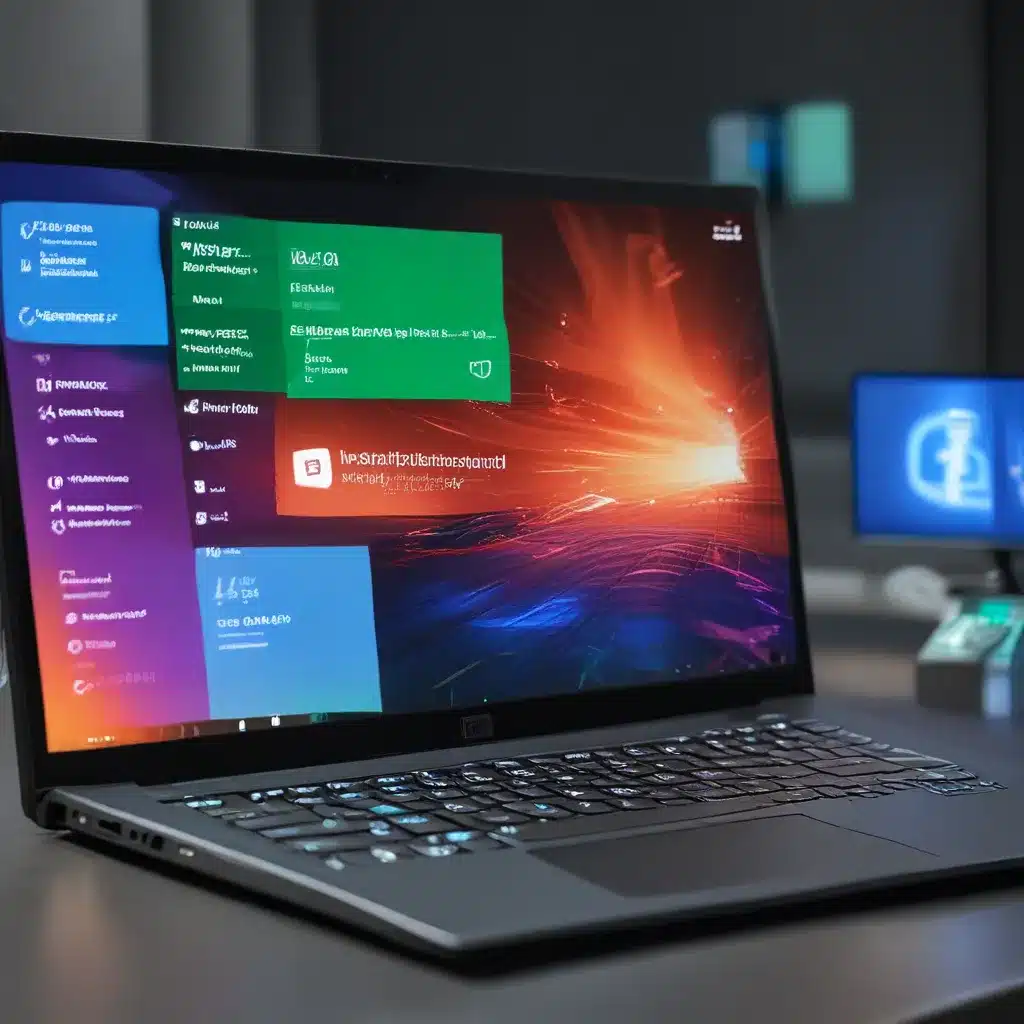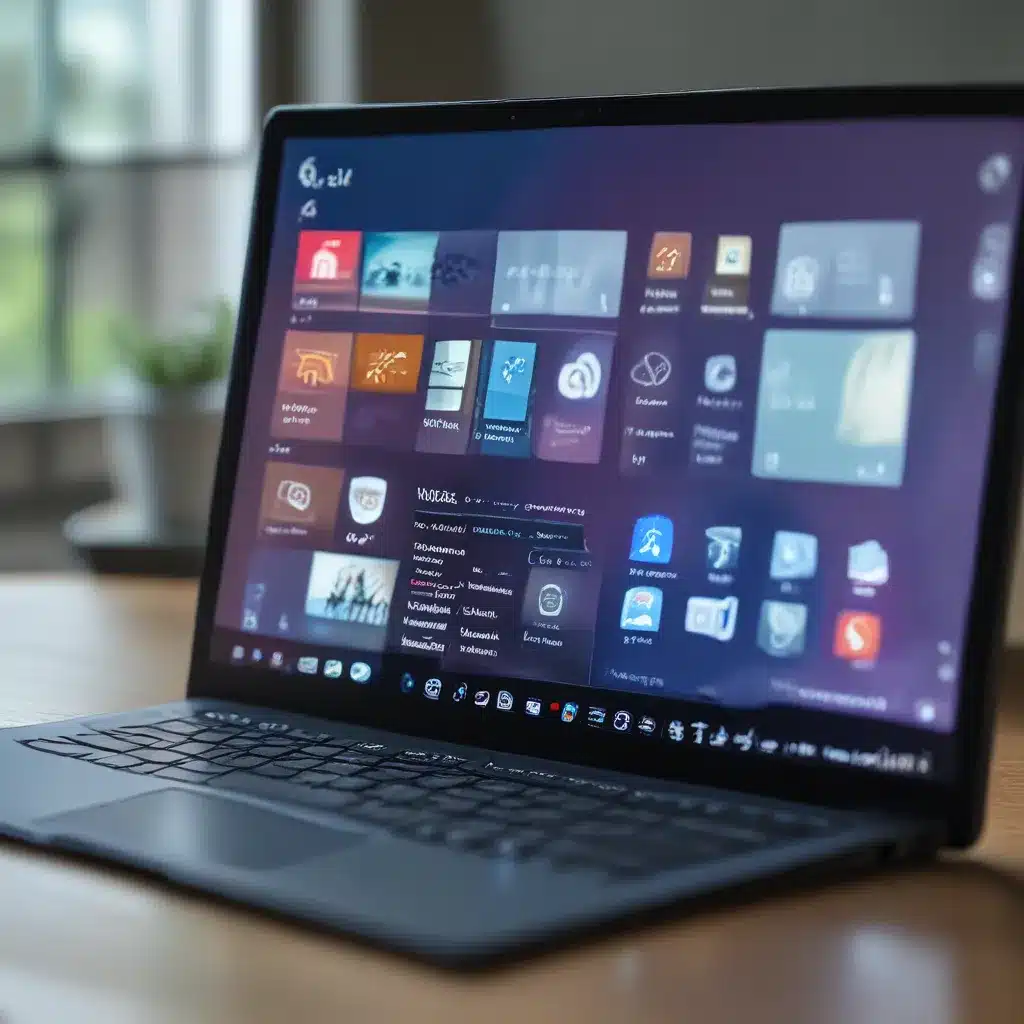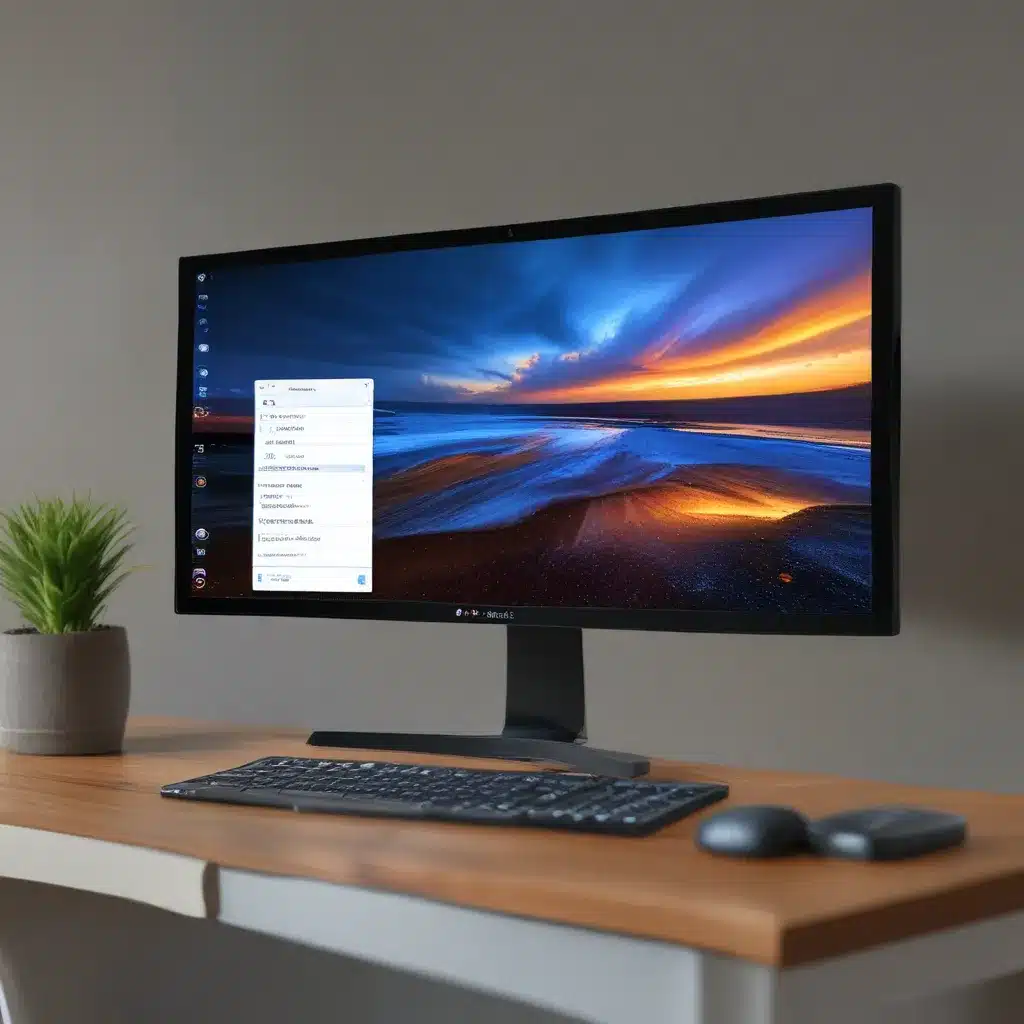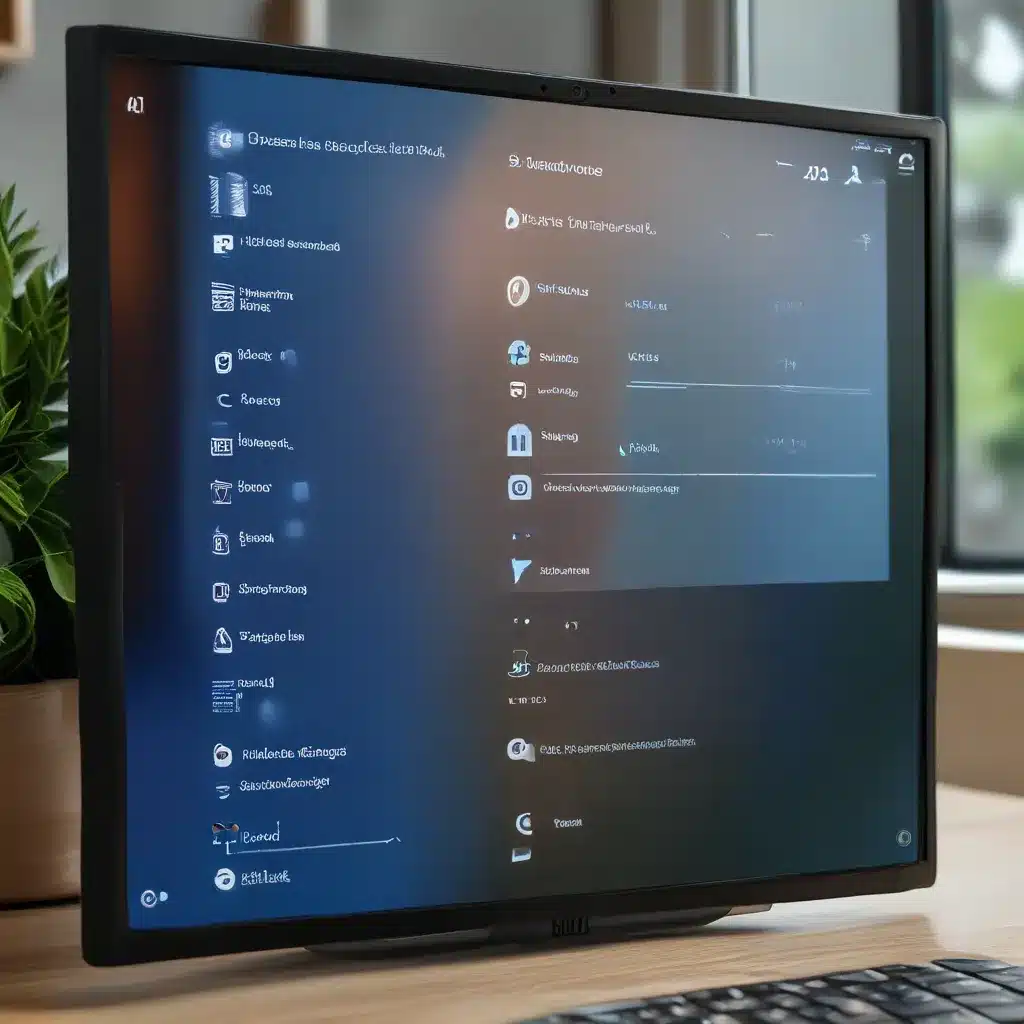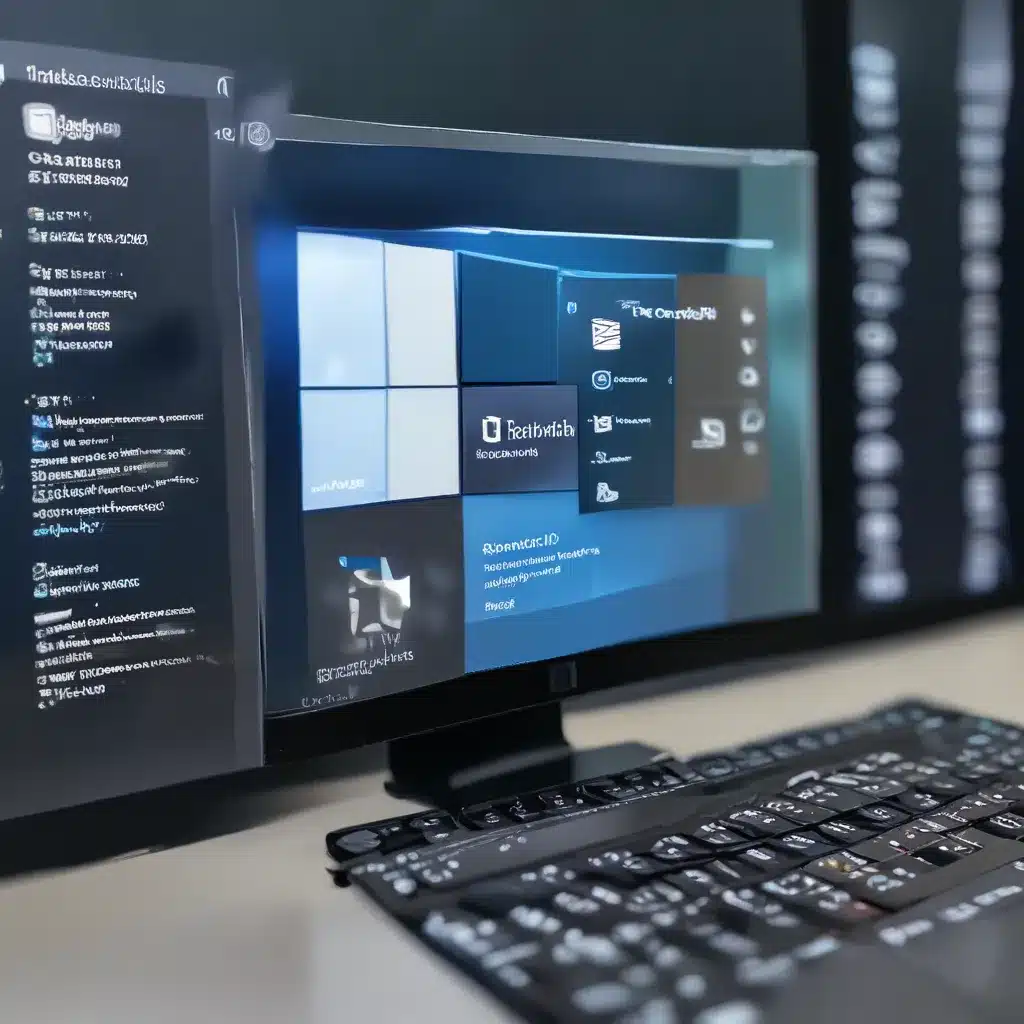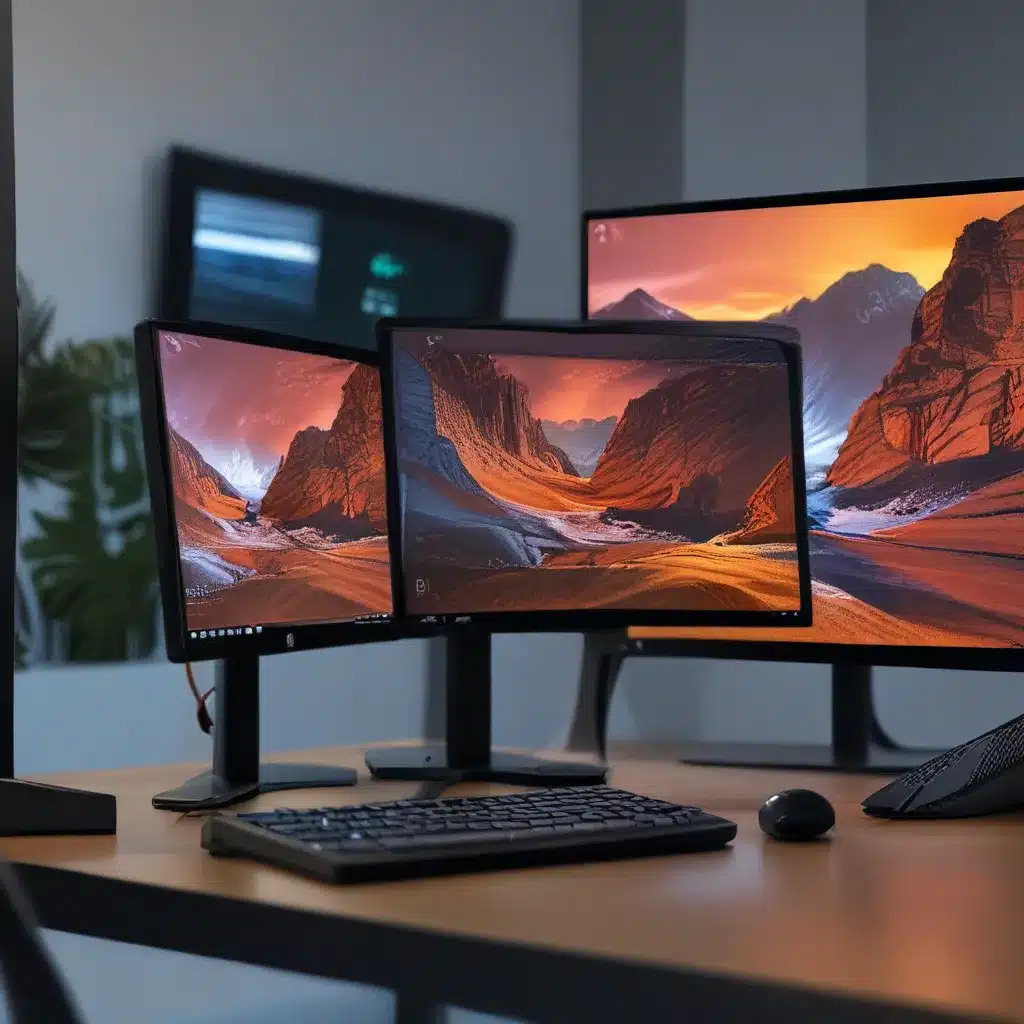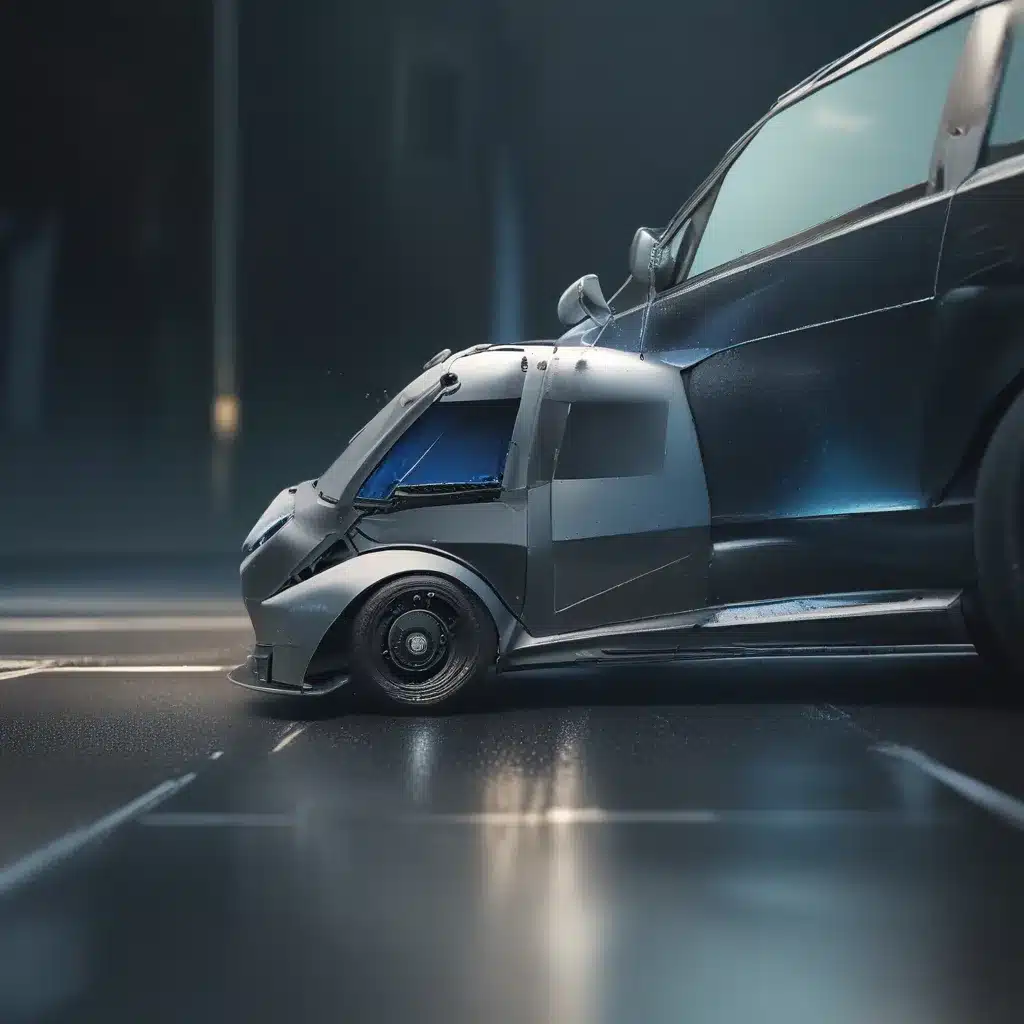Finding My Stride Again
I’ll never forget that fateful day ten years ago when my life took an unexpected turn. As an avid cyclist, I was zipping through the countryside, feeling the wind in my face and the adrenaline coursing through my veins. But in the blink of an eye, it all came crashing down. A sudden accident left me with a devastating spinal cord injury and paralysis from the waist down.
In the weeks and months that followed, I faced a grueling rehabilitation process, struggling to regain even the most basic functions. Simple tasks like standing and walking, which I once took for granted, now seemed like insurmountable challenges. It was a humbling and disheartening experience, one that tested the limits of my physical and mental resilience.
As I delved deeper into the research on spinal cord injuries, I learned that the majority of these injuries do not directly damage the neurons responsible for walking. Rather, the disruption of the communication pathways between the brain and the spinal cord is what leads to permanent paralysis. This revelation sparked a glimmer of hope within me – if we could find a way to restore that connection, perhaps there was a chance for me to walk again.
A Digital Bridge to Mobility
That’s when I heard about the groundbreaking work being done by a team of researchers and clinicians at the IT Fix. They had developed a cutting-edge “brain-spine interface” (BSI) that could establish a direct digital link between the brain and the spinal cord, effectively bypassing the damaged pathways and restoring natural control over movement.
The concept was both fascinating and daunting. The BSI involved a complex system of fully implanted recording and stimulation devices, designed to seamlessly translate my brain’s intentions into the precise modulation of electrical currents sent to the spinal cord. It sounded like something straight out of a science fiction movie, but the potential it held for people like me was undeniable.
Without hesitation, I decided to enroll in the STIMO-BSI clinical trial, eager to be a part of this revolutionary technology. The team at IT Fix walked me through the process, explaining every step with unwavering patience and clarity. First, they would implant two electrode grids over my sensorimotor cortex, allowing them to monitor the neural signals associated with my desire to move my legs. Then, they would position a specialized spinal cord stimulation lead, carefully calibrated to target the specific motor pools responsible for standing and walking.
Calibrating the Connection
The calibration process was a delicate dance, requiring the researchers to meticulously map the relationship between my brain activity and the resulting muscular responses. Using a combination of machine learning algorithms and real-time feedback, they worked tirelessly to create a seamless interface that could translate my mental commands into finely tuned control over my leg movements.
As I sat in the lab, attempting to flex my hips and knees, I could see the researchers intently monitoring the data streams, adjusting the algorithms and stimulation parameters with every trial. It was a meticulous and painstaking process, but with each successful step, I felt a growing sense of excitement and hope.
Watching the avatar on the screen respond to my mental cues, mirroring the movements I was trying to perform, was a surreal experience. It was as if my brain and the computer were engaged in a silent, synchronized dance, each taking cues from the other to create a seamless flow of motion.
Taking My First Steps
The moment of truth arrived when the researchers asked me to try standing up from a seated position. With my heart pounding, I focused all of my mental energy on activating the appropriate muscle groups, and to my amazement, I felt my legs respond. Slowly but surely, I rose to my feet, a sense of wonder and disbelief washing over me.
As I took those first tentative steps, supported by the researchers, I couldn’t help but marvel at the technology that had made this possible. The BSI was translating my neural impulses into precise control over my leg muscles, allowing me to walk in a natural, fluid motion that I had thought was lost forever.
The researchers were just as excited as I was, watching as I navigated the laboratory environment with increasing confidence and dexterity. They explained that the system was designed to be highly reliable and adaptable, with the ability to learn and improve over time as I continued to use it.
Reclaiming My Independence
As the weeks and months passed, the BSI became an integral part of my daily life. I participated in a rigorous neurorehabilitation program, working closely with the IT Fix team to fine-tune the system and push the boundaries of what was possible. With each session, I could feel my strength and coordination improving, and the sense of independence that had eluded me for so long began to take shape.
One of the most remarkable aspects of the BSI was its ability to adapt to the changing demands of my daily life. Whether I was navigating uneven terrain, climbing stairs, or traversing complex environments, the system seamlessly adjusted the stimulation parameters to ensure I could maintain a natural, stable gait. Gone were the days of struggling with compensatory strategies and relying on walkers or crutches – the BSI had given me the freedom to move about as I pleased, without the constant fear of falling or losing my balance.
A New Lease on Life
As I reflect on the journey that has brought me to this point, I am filled with a profound sense of gratitude and wonder. The BSI has not only restored my physical mobility but has also given me a renewed lease on life. I can now engage in activities that were once mere dreams, like walking independently around the house, transitioning in and out of a car, and even socializing with friends at a bar.
The impact of this technology on my quality of life cannot be overstated. I no longer feel defined by my disability; instead, I am empowered to take on the world, embracing new challenges and opportunities with a renewed sense of purpose and confidence.
The team at IT Fix has truly changed the trajectory of my life, and I am honored to be a part of this groundbreaking clinical trial. As I continue to push the boundaries of what’s possible, I can’t help but feel optimistic about the future. Who knows what other incredible advancements are on the horizon, ready to transform the lives of those living with spinal cord injuries and other neurological conditions?
For now, I’m simply savoring the joy of walking, one step at a time. It’s a feeling I never thought I’d experience again, and one that fills me with a sense of pure, unadulterated bliss. With the BSI by my side, I’m ready to take on the world, reclaiming my independence and embracing a future filled with endless possibilities.

